Whole Grain Sourdough Pizza
Your folders
Your folders
Prep Time: 60 minutes
Cook Time: 9 minutes
Total: 1 hours, 9 minutes
Servings: 4
Author : Eric Rusch

Ingredients
Export 7 ingredients for grocery delivery
Instructions
Step 1
Levain/Starter
Step 2
Prepare your 160g of starter by mixing 30g starter with 65g water and 65g flour. This is approximately a 1:2:2 starter preparation, but other builds are fine too. Mark your jar with a rubberband and let it sit overnight or until at least doubled.
Step 3
Saltolyse
Step 4
Mix the flour, water, and salt together in a bowl. Cover and let sit about 1 hour.
Step 5
Fermentation and Gluten Development
Step 6
Add the ripe starter to the dough, stretching, folding, and gently squishing the starter into the dough.
Step 7
Cover and let the dough rest for about a half hour. Then do two rounds of coil folding or dough rolling, one lamination, and one final round of coil folding. Separate each of the four rounds of gluten development with a 20-30 minute covered rest. Here are videos showing how to coil, roll, and laminate dough.
Step 8
When the dough has expanded by 50-75%, end the bulk fermentation. For my warm ambient temperature, this was four hours after adding the starter to the dough.
Step 9
Preshape and Second Rise
Step 10
Lightly oil a baking pan, or several small bowls, or several 16-ounce round takeout containers (photo above) to hold the dough balls during the final proof.
Step 11
Scrape the fermented dough out onto a lightly floured work surface and divide the dough into four pieces of about 320g each. (You can make the pieces larger or smaller if you want.)
Step 12
Roll each dough piece into a ball, place it in your proofing container(s), and cover. If using a pan, you can put the entire pan in a plastic bag.
Step 13
The final proof can be at room temperature for 1-3 hours or in the refrigerator for 12-24 hours (possibly longer). Various combinations of room temperature and cold proofing work too, and duration depends on the dough and room temperatures.
Step 14
Oven Preheat and Topping Prep
Step 15
Set your oven and pizza stone to preheat at 500°F for at least 30 minutes. I use an infrared thermometer to confirm my stone's temperature before baking and sometimes between pizzas too.
Step 16
If your dough is refrigerated, you can bring it out to room temperature to start warming up for easier stretching. After a 24-hour refrigeration, I got good results with both warmed up dough and with the one dough I left in the refrigerator until the last minute.
Step 17
Set up your toppings, sauce, cheese etc. and the area where you will be forming your pizzas.
Step 18
Prep a small bowl of flour or cornmeal to put on your pizza peel, or several 14x14-inch sheets of parchment paper. I like to run coarse cornmeal through my Mockmill on a medium-fine setting to make the chunks a little smaller.
Step 19
Shaping
Step 20
Sprinkle flour and cornmeal on your pizza peel or lay out a square of parchment paper.
Step 21
Lightly flour your countertop. Remove a dough ball from your proofing container and lay it on the flour.
Step 22
Place your fingers in the center of the dough and gently push the edges outward.
Step 23
Flour your hands, and then grasp one side of the dough circle with both hands and lift the dough off the counter. Holding the top edges of the circle (10 o'clock and 2 o'clock), let the dough stretch downward while you rotate and re-grab the dough like you're turning a steering wheel. This will develop about a 1-inch crust edge and stretch the middle of the circle. Try not to let any part of the dough get thin enough to see through or you may end up with a hole. If you do tear the dough, re-roll it and move on to another ball while the gluten in the re-rolled ball relaxes for a minimum of 15 minutes.
Step 24
Lay the stretched out dough on your pizza peel or parchment. If using a peel, check that the pizza can move by jerking the peel forward and backward to see if the dough slides. If it doesn't slide, lift the stuck area of dough and flour underneath it, Do this until you have an easy slide. It's fine if the dough sticks to the parchment paper. If you need to adjust the dough on the parchment, reach under the dough with one hand and pull it outward.
Step 25
Now top your pizza dough to your liking. Try not to take a long time doing this, because the longer the dough is on the peel, the more likely it is to begin to stick. (Use parchment paper if you expect to top your pizza very slowly.)
Step 26
Before approaching your oven with the pizza, check again with the quick forward and backward motion of the peel that your pizza can still slide.
Step 27
Baking*
Step 28
Slide your pizza onto the hot pizza stone and bake for 8 minutes, then switch the oven to broil for 1 minute more.
Step 29
While this pizza is baking, shape the next ball of dough and put toppings on it.
Step 30
Remove the pizza from the oven with a peel or metal spatula, or even by tugging on a corner of the parchment paper. Put the pizza on a cooling rack if you're not eating right away to keep the bottom from getting damp.
Step 31
Leave the empty oven on broil for one minute to reheat the stone, then switch back to bake mode and load the next pizza.
Step 32
Repeat until all the pizzas are cooked.
Step 33
*For baking these pizzas in an Ooni pizza oven, see the instructions in the Sourdough Pizza recipe
Top similar recipes
Curated for youYour folders
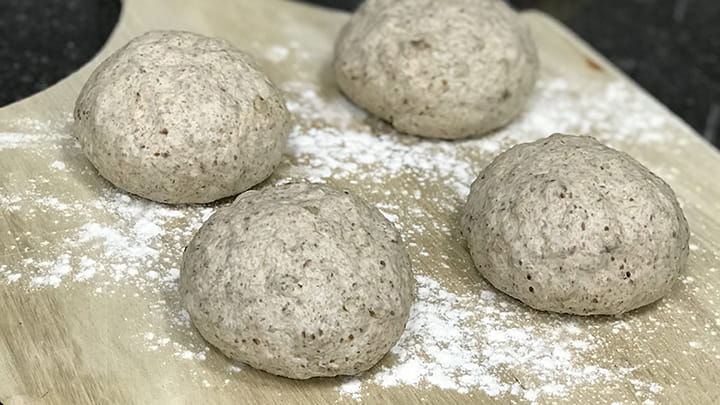
 287 views
287 viewsWhole Grain Pizza Dough
mccormickforchefs.com
Your folders

 394 views
394 viewsWhole Grain Sourdough Bread with Ps...
breadtopia.com
35 minutes
Your folders

 185 views
185 viewsWhole Grain Waffles
cookieandkate.com
4.7
(13)
15 minutes
Your folders

 336 views
336 viewsWhole-Grain Pancakes
cooking.nytimes.com
5.0
(985)
Your folders
 102 views
102 viewsWhole Grain Pancakes
kasiakines.com
Your folders
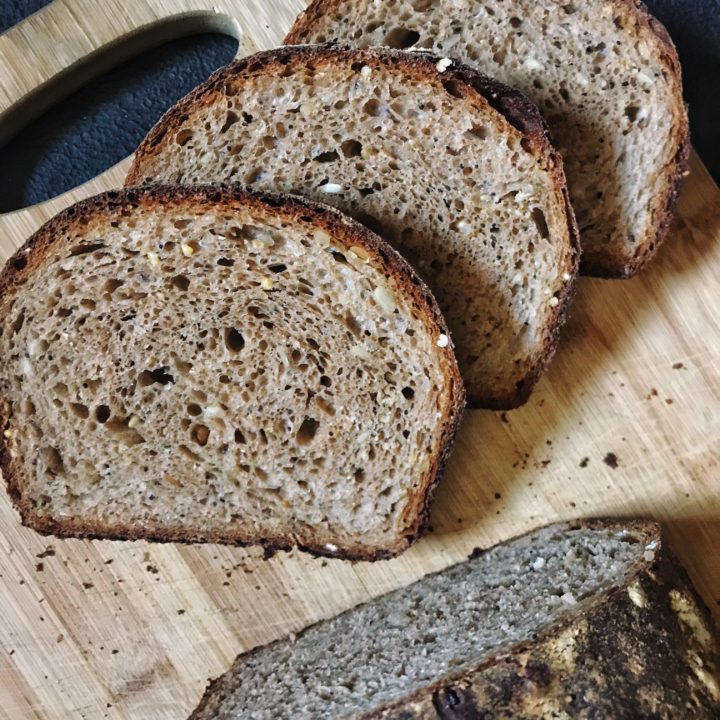
 418 views
418 viewsSprouted Grain Sourdough
reallifewithdad.com
5.0
(7)
40 minutes
Your folders

 240 views
240 viewsWhole-Grain Buckwheat Waffles
washingtonpost.com
3.3
(27)
Your folders

 371 views
371 viewsHomemade Whole Grain Waffles
nestinglaneindulge.com
5 minutes
Your folders
 67 views
67 viewsWhole-grain Pita | MyFitnessPal.com
myfitnesspal.com
Your folders
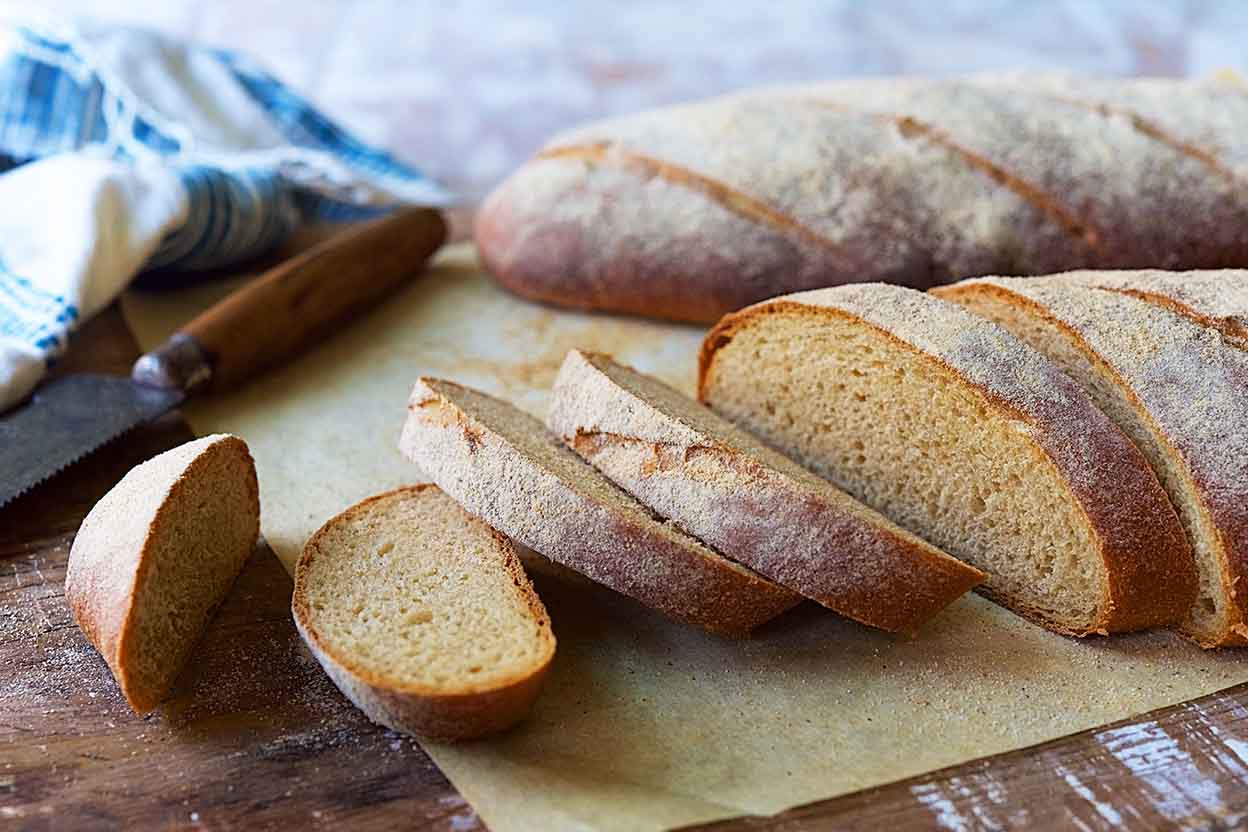
 596 views
596 viewsEveryday Whole Grain Bread
kingarthurbaking.com
4.7
(36)
32 minutes
Your folders

 552 views
552 viewsWhole Grain Chow Mein
tasteofhome.com
15 minutes
Your folders

 200 views
200 viewsWhole Grain Buckwheat Pancakes
mountainmamacooks.com
5.0
(4)
Your folders
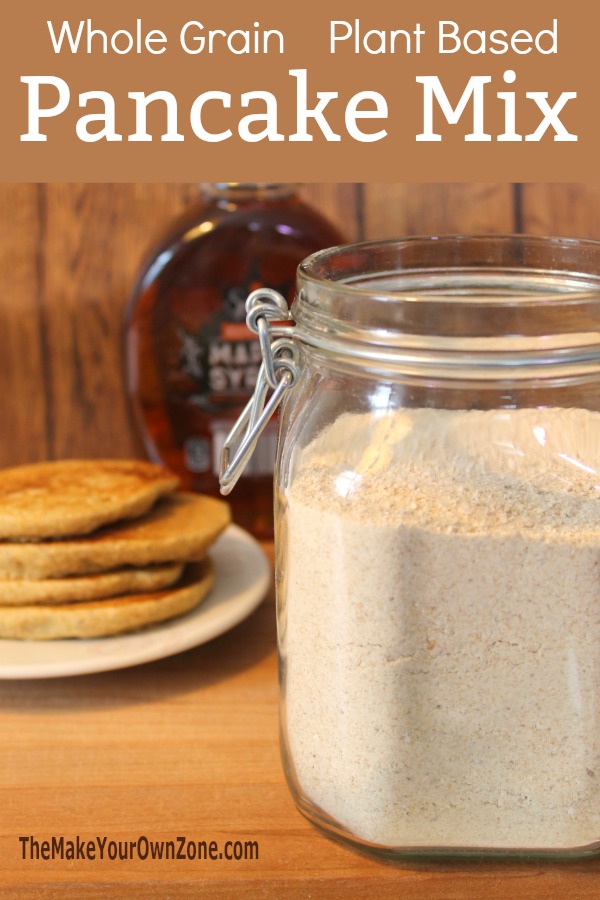
 173 views
173 viewsWhole Grain Pancake Mix
themakeyourownzone.com
10 minutes
Your folders
 114 views
114 viewsWhole Grain Pancake Mix
themakeyourownzone.com
Your folders
 219 views
219 viewsWhole-Grain Breakfast Porridge
foodnetwork.com
4.1
(14)
50 minutes
Your folders
 175 views
175 viewsWhole-Grain Breakfast Porridge
foodnetwork.com
5.0
(6)
55 minutes
Your folders
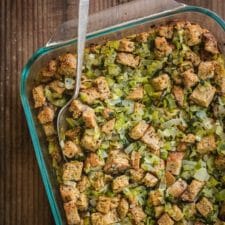
 215 views
215 viewsWhole Grain Classic Stuffing
acouplecooks.com
45 minutes
Your folders
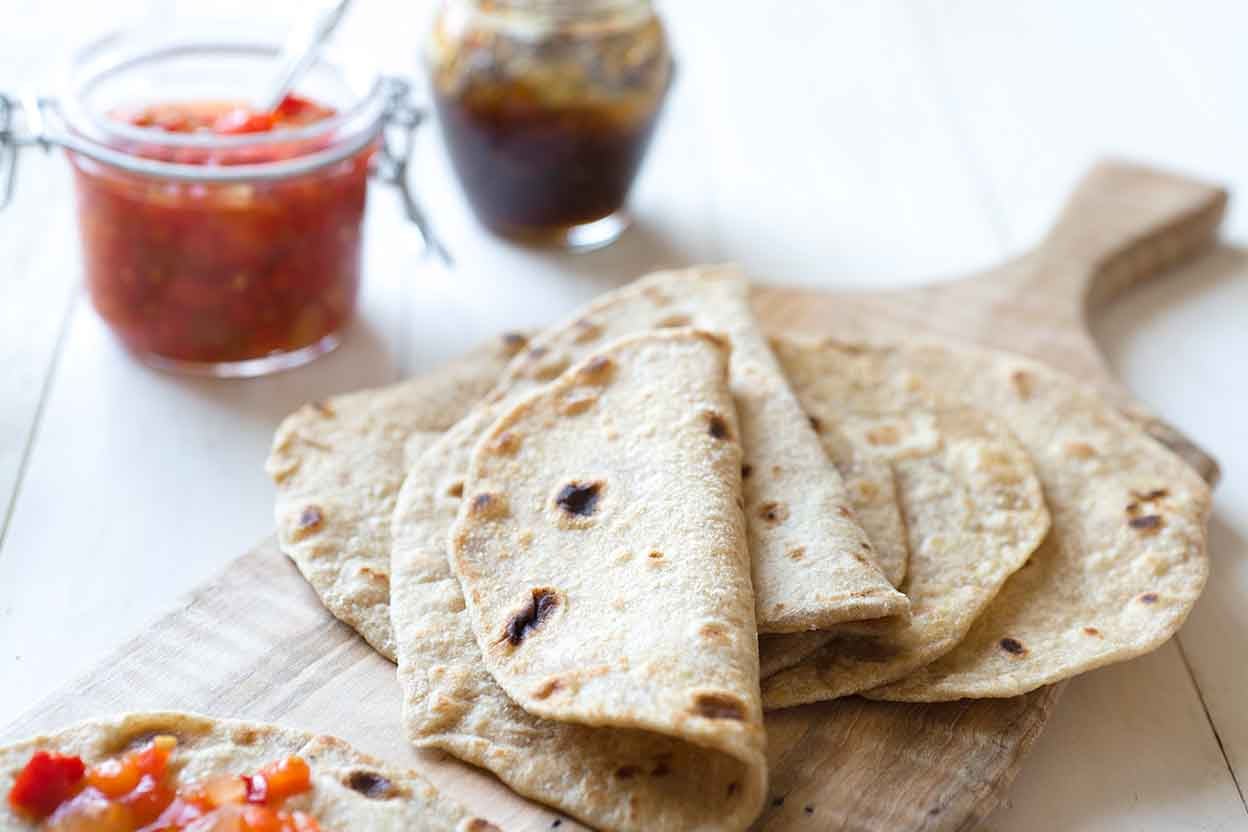
 572 views
572 viewsWhole Grain Flatbread (Chapati)
kingarthurbaking.com
4.5
(17)
1 minutes
Your folders
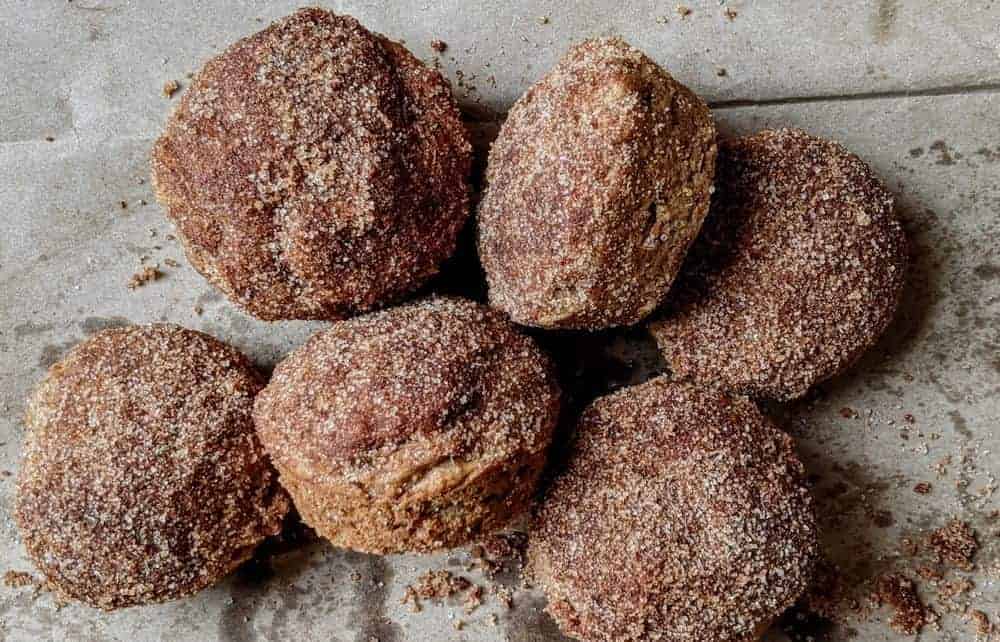
 340 views
340 viewsWhole Grain Spudnut muffins
mainegrains.com
25 minutes